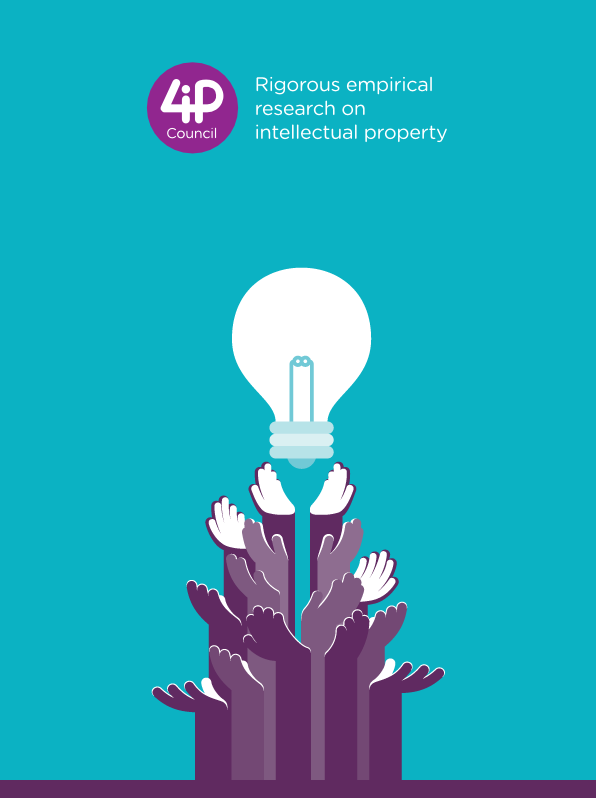Executive Summary
This study investigates the value that cellular connectivity enables for the existing mobile device market and the emerging IoT market across multiple industry verticals. This includes (1) an overview of the (r)evolution of cellular connectivity from an organizational, market, and technology development perspective, (2) a theoretical overview of valuation from a technology context (3) the quantification of the value of cellular connectivity from both a macroeconomic and microeconomic viewpoint, (4) and the illistration of cellular use-cases for mobile devices and IoT solutions.
The study concludes with the following key insights:
- The adoption of cellular connectivity has grown rapidly worldwide with the number of cellular subscriptions surpassing the global population in 2016.
- Each cellular generation (G) requires investments of tens of billions of dollars in R&D, millions of person-hours in standard development by hundreds of market actors through an open, consensus standardization process. Cellular standard development at 3GPP results in tens of thousands of contributions and over a thousand technical documents (i.e. TS/TR) per year.
- Cellular standards advance in performance by orders of magnitude across generations in addition to providing interoperability. This process combines revolutionary development of functional capabilities with evolutionary progress within each generation. 5G is a good example of a revolutionary step that is opening up completely new capabilities and markets as did the smartphone with 3G.
- Macroeconomic studies have shown that cellular standards have a positive impact on GDP growth, ranging from 0.3-0.6% (GDP per capita) and 0.5-1.2% (gross GDP) for a 10% increase in mobile adoption globally across different time periods.
- The total market value based on revenue from five interrelated cellular markets was calculated at $2.1T in 2019 with a growth estimated to approximately $3T in 2025. The total economic value (including consumer surplus) was estimated at $4.8T and $7.5T, respectively. Other microeconomic studies have forecasted $13.2T in gross output by 2035 (corresponding roughly to $7.5T in total market value based on revenue).
- A smartphone is a market platform, not simply a device, where most of the value is generated upstream of the device sale. The total market value based on revenue for the smartphone-related markets was calculated at approximately $1,600 per smartphone sold ($2,800 including consumer surplus) compared to $392 for only the smartphone device in 2017 in the US.
- Growth in mobile applications (direct revenue and advertising) and IoT solutions will drive overall market growth enabled by 5G. The largest source of value generated by IoT will likely come from efficiency/productivity gains that will generate both direct and indirect increases in revenues, but primarily decreases in costs.
- The Cellular Value Added for Apple and Samsung cellular devices was calculated based on current and historical price for devices with and without cellular functionality. This included the iPhone ($275-500), iPod ($130-150) and Galaxy Tab ($80-140), and Apple Watch ($100) and Galaxy Active 2 ($140) and Galaxy Watch ($40).
The mid/long-term growth in the value of cellular connectivity will be based on a dynamic set of factors, including among others:
- The growth of IoT solutions across numerous industry verticals based on roll-out of 5G functionality and pace of adoption of innovative use-cases.
- The growth in applications and services delivered through mobile devices.
- The growth of mobile internet in emerging and developing economies.
- The growth in performance of and competition among connectivity standards
- Governmental policies and regulations
These factors will need to be re-examined over time as the mobile device and IoT industries evolves to better understand the changing contribution of connectivity across all sectors. Finally, the distribution of the increasing value that cellular connectivity will bring to industry and society is another interesting and important area of future research given the role that cellular now plays as a general-purpose technology (GPT). Future market norms, as well as public policies and regulations, will need to strike the right balance to incentivize both the development of new, advanced cellular standards and innovative industrial implementations that facilitates the generation of value for producers, consumers, and society as a whole.







